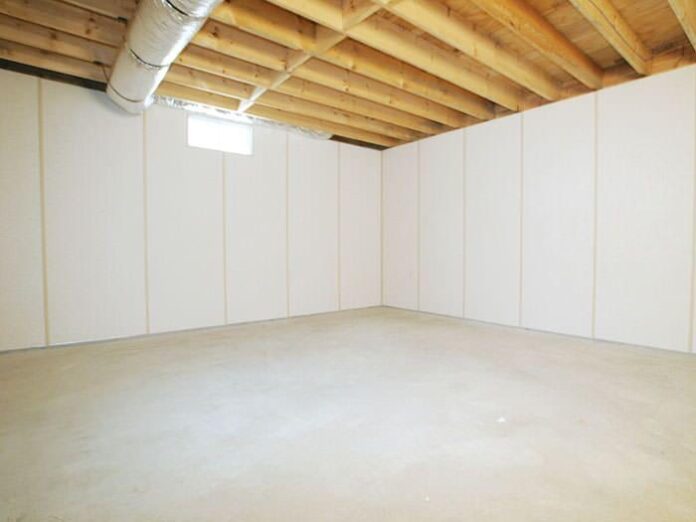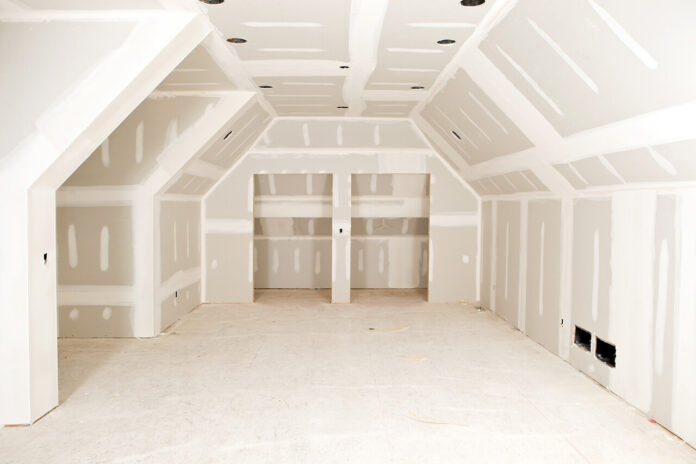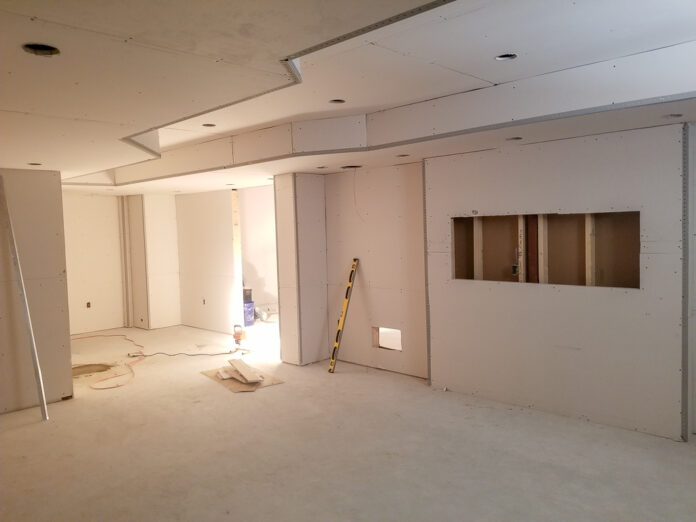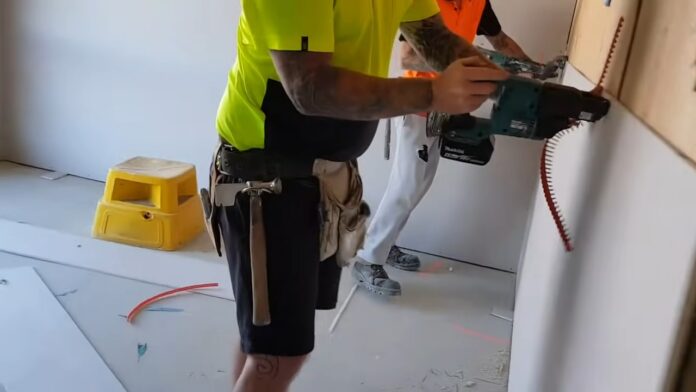
Table of Contents
When it comes to the basement, there are a few things you should know. For instance, what steps need to be taken before you put up the drywall? Drywall in the basement is often the first step to finishing it. It’s pretty simple, but there are some things you might want to know before drywalling your basement! Though one of the cheapest ways to finish a basement, you should still be mindful of the steps that need to be taken.
The do’s
- Do have your basement waterproofed
- Do have your basement inspected for any cracks or leaks beforehand
- Do check the electrical wiring. You don’t want to deal with that later on!
- Do have professionals take care of any mold problems or leaks in the future
- Do have professionals come back and inspect after you’re done!
- Do it yourself if you are handy with a drill and drywall tools
- Do the job yourself if you are handy with a drill, etc.
- Do seek the professional opinion of others
- Do set aside a good amount of time to finish the project
- Do make sure you have all supplies before starting. (drywall, screws, tape, and mud)
- Don’t assume that it will go quickly! You might want to start a few days early…
- Do consult professionals like homegardenguides.com for help, especially with mold problems. * And, lastly…do have fun while drywalling your basement! It’s a good step towards finishing your project and can be done by pretty much anyone that has the right tools!
The Don’ts

- Don’t cut corners when it comes down to choosing your drywall contractor or materials! Make sure they are worth their weight in gold so you aren’t spending extra money on subpar work. You don’t want cracks in the drywall after a few years. Ask around if some of your friends had similar projects and how they solved it. That way, you might be getting some contacts of proven contractors that already have several jobs which can be checked.
- Don’t make your rooms too small! While this might not seem like it would be an issue in a basement, you need to remember that the more space there is between walls, the easier everything will go. This is especially true if you plan on finishing the basement and adding walls to separate different rooms. If you want a small room, that’s fine too! Just try not to make them much smaller than five feet by ten feet. Remember to plan ahead, you might want to repurpose all those rooms at one point and a good plan will make this easier for you in the future.
- Don’t space out your wall too far apart – this can be annoying when it comes down to adding them together. You should definitely create more than one or two big rooms. All that extra space later on will be beneficial for storing and organizing your basement.
- Don’t be scared to mix up the different drywall textures! While this might seem like it will look funny, it can help if your basement isn’t finished yet. For example, if you are just using drywall to finish the ceiling, but still have exposed brick on your walls, it will look much better than all of your walls being flat white. This doesn’t have to be flashy or expensive as you probably won’t spend too much time in your basement, but a few details here and there will easily make it much more pleasant. Just imagine, one day you might want to create a man cave or game room and with some nice touches that have been already done, you will have a significantly easier job.
- Don’t forget about insulation! Not only is this a great way to cut down energy costs in the future but it also helps with noise control. You never know if someone might get loud or rowdy in the basement, so you want to make sure that there aren’t any echo-y sounds bouncing around! This is especially true for basements without windows which often end up being pretty echoey. If you turn your basement into a laundry, it can be quite noisy and you will certainly hear all those machines bouncing all around the basement. The same thing is with a small workshop you might want to set up, all the tools you might want to use will be heard all over the house which can get pretty annoying.
- Don’t try to do everything on your own! Make sure you have professionals come in and inspect the place after it’s drywalled. – It might seem like a good idea to save some money, but hiring professional help is still worth every penny. They know what they’re doing, can fix problems that you might not have noticed, and are great at doing things like insulation.
Why drywalls are preferred in basements

When it comes to basement finishing, drywalls are one of the best options you can go with. This is because they provide a sturdy surface to build off of and make things like painting, tiling, or adding wallpaper easier in the long run! For example, if you want to resurface your walls later down the road it will be much more difficult on surfaces that don’t drywall.
How to drywall a basement yourself
Drywall is one of the easiest forms of construction you can do, so if you are feeling brave and want to save some money it’s easy enough that someone with no experience could easily get their hands dirty! Not only that but there are many different tools available just for this task, like drywall hand staplers and self-leveling compound.

















